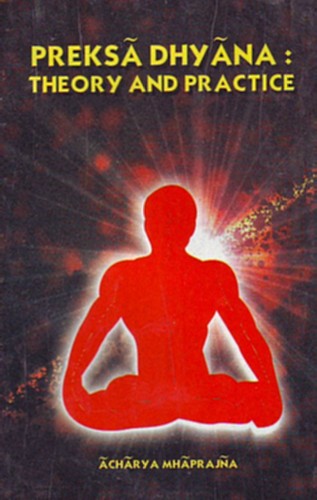
The physiological conditions, which are brought about by the integrated action of the above, are:
- Blood-supply to the digestive system is curtailed; digestion slows down or is halted.
- The salivary glands dry up.
- Respiration rate increases; breathing becomes faster or gasping.
- The liver releases some of the store of blood-sugar and it is carried to the muscles of the arms and legs.
- The heart beats faster to pump more blood where it is most needed and blood-pressure rises.
All these and many other complex changes occur to generate extra quantities of electrochemical and hormonal energy, which enables us to act quickly. The energy goes to the muscles even when there's nothing that needs to be done and gets bound up in the muscles as tension. When the emergency conditions have subsided, we have what is needed to bring us back to a balanced, tensionless state. It is the concern of the other component of the autonomic nervous system - the parasympathetic - to resume normal activity and restore peaceful conditions. The parasympathetic nervous system is designed to work in close harmony with and balance the sympathetic nervous system. The activating of the parasympathetic is meant to happen naturally after the emergency is over. Its response balances the sympathetic by returning the chemistry to normal and relaxing the tense muscles. The sympathetic is action-oriented and aggressive; the parasympathetic is restoring and passive. When both function normally, there is a seesaw action, which reflects in our body as rhythmic cycles of action and rest. When the equilibrium breaks down, we have dangerous tension. Since the modern life-styles keep us always on the go, the restoring apparatus - the parasympathetic seldom gets a chance to operate fully. That is, our muscles and nerves hardly ever return to their natural condition.
 Acharya Mahaprajna
Acharya Mahaprajna

